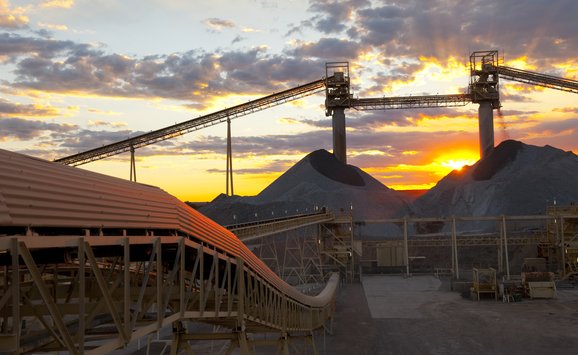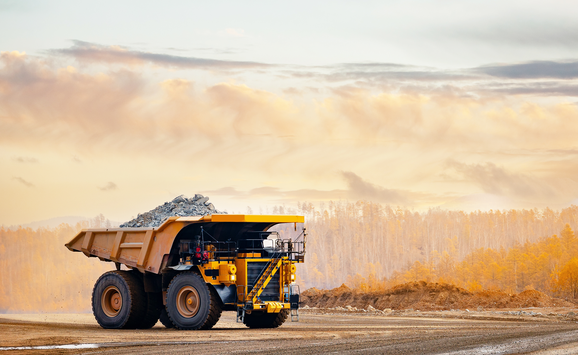An increase in the federal gasoline tax could help fund the Highway Trust Fund, revitalize US transportation infrastructure, and address emissions concerns.

In mid-January, the US Chamber of Commerce announced its support for a significant increase in the federal gasoline tax. Around the same time, President Trump reportedly—though somewhat less emphatically—expressed a similar judgment. Both positions are compelling, and while they deserve careful public airing, I believe that, in the end, the argument for a meaningful tax increase is irrefutable. Consider a threefold set of issues surrounding the gas tax dilemma: there is, first, the way in which the tax and its proceeds interact with prudent fiscal policy; next, there is the inescapable backdrop of political risks and pressures; and, lastly, there are economic and market-efficiency goals that must be weighed in tandem with the first two issues. A brief word on all three points:
First, depending on magnitude and phase-in schedule, a federal gas tax hike could finally begin to recoup some billions for the Highway Trust Fund, which has been severely underfunded due to a tax frozen at 18.4 cents per gallon since 1993. Allowing for inflation, 18.4 cents per gallon translates into only around 11 cents per gallon in “real” terms today—i.e., 40 percent below its “purchasing power” a quarter century ago. The Highway Trust Fund would have become insolvent during the last decade without major transfers from General Fund assets. It is not a turn of events President Eisenhower is likely to have envisioned when he signed the Federal Aid Highway Act of 1956, creating a trust fund earmarked for infrastructure maintenance and improvement. For now, the spotlight and public discourse turn on the two views recently put forth: The Chamber of Commerce has recommended a 25 cents per gallon increase over the next five years. The president, without specifying a phase-in period, has indicated the desirability of an increase of 50 cents per gallon. Neither proposal considers inflationary effects.

Second, and on the political front, today’s legislators, bemoaning America’s crumbling transportation infrastructure, would do well to spare themselves self-pity for an outcome they helped precipitate. At the same time, President Trump could legitimately fault his predecessor’s decisive opposition to a gas price hike, whether voiced explicitly or pointedly sidestepped, even when acknowledging the country’s worsening infrastructure condition. For example, in his 2015 State of the Union message, President Obama urged bipartisan passage of a plan to revitalize infrastructure, neglecting, however, to indicate how such a plan would be financed. And a month later, at a notable news session, the president observed that “Gas prices are one of those things that really bug people.” Unfortunately, such a terse depiction of the issue can easily invite a zero-sum mindset: what you’re asked to give up at the pump simply enriches the government. I don’t know whether Mr. Obama pondered perhaps citing the counterpart proceeds of the gas tax that would redound to the benefit of the nation.
Finally, while we continue to sidestep the analogous logic of a carbon tax designed to penalize greenhouse gas emissions harmful to society, a gas tax, in terms of economic logic, would help signal to the driver in all of us the costly wear and tear we inflict on our transport system. Some additional—if less pronounced—benefits would undoubtedly occur through an incentive for enhanced fuel efficiency and reduced tailpipe emissions from the transport sector itself. In short, rather than viewing a higher gasoline tax as an intolerable burden on society—which, in the political domain, is how it is often exclusively framed—we can view the higher tax as a model of how astute use of policy tools and analytical insights can optimally serve the interests of society by embedding benefits and costs in a common perspective.







